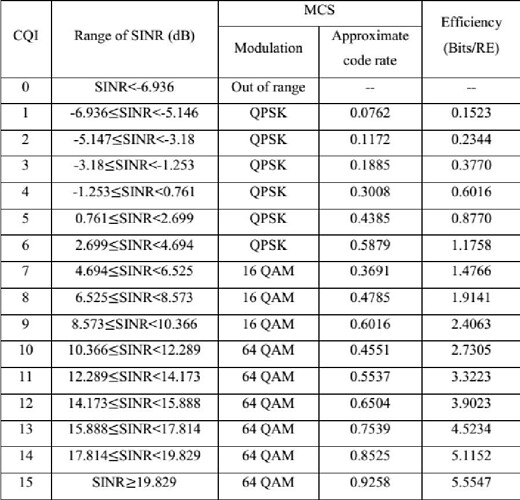Spectral Efficiency refers to how efficiently a communication system uses its available bandwidth (the frequency spectrum) to transmit data. It is expressed as bits per second per hertz (bps/Hz), meaning how much data (bits) can be transmitted over a given amount of frequency (hertz).
- Ex: If 1,000 bits of data are transferred in one second, the speed is 1,000 bps, like how many words you can read in one second
Frequency (Hertz, Hz): Frequency refers to how often a repeating event, like a wave, completes one full cycle in one second.
- It’s measured in hertz (Hz), where 1 Hz equals one cycle per second.
- Ex: Imagine you’re tapping your finger on a table 1,000 times in one second. The tapping frequency would be 1,000 Hz.
Bandwidth:Bandwidth is the range of frequencies a signal can use for communication or the capacity of a system to transmit data.
- It’s also measured in hertz (Hz).
- Purpose: In telecom, the wider the bandwidth, the more data or information can be transferred at the same time.
- Ex: Think of bandwidth as a highway. The wider the road (more lanes), the more cars (data) can travel side by side, reaching their destination faster.
Bits per Second (b/s or bps):This represents the speed at which data is transferred. It counts how many bits are sent every second.
- Bits per second (bps) shows how quickly data moves through a network.
- Ex: If 1,000 bits of data are transferred in one second, the speed is 1,000 bps, like how many words you can read in one second.
What is the Use of Spectral Efficiency?
Spectral efficiency is crucial in wireless communication systems because it determines how much data can be transmitted within a limited frequency range. In environments where spectrum is scarce (like in mobile networks), it is essential to maximize spectral efficiency to accommodate more users, services, or data.
Imagine a small island that only has one bridge to connect it to the mainland. This bridge can only allow a few cars to pass at a time (low frequency, small bandwidth). As the population of the island grows, they need to transport more goods (data). So, they decide to widen the bridge (increase the bandwidth). With a wider bridge, more cars can cross at once, which speeds up deliveries.
Instead of widening the bridge further, they start packing the cars more efficiently (increasing spectral efficiency). Now, each car carries more goods without the need for more lanes. This clever use of the available space allows them to send more items without needing to build more bridges.
In telecom, this is what spectral efficiency does – it helps us send more data using the same frequencies without needing more bandwidth.
Spectral Efficiency = Bandwidth (Hz)/Data Rate (b/s)
10 Mbps over a 5 MHz bandwidth, its spectral efficiency =>10 Mbps / 5 MHz = 2bps / Hz
LinkedIn: ![]()
